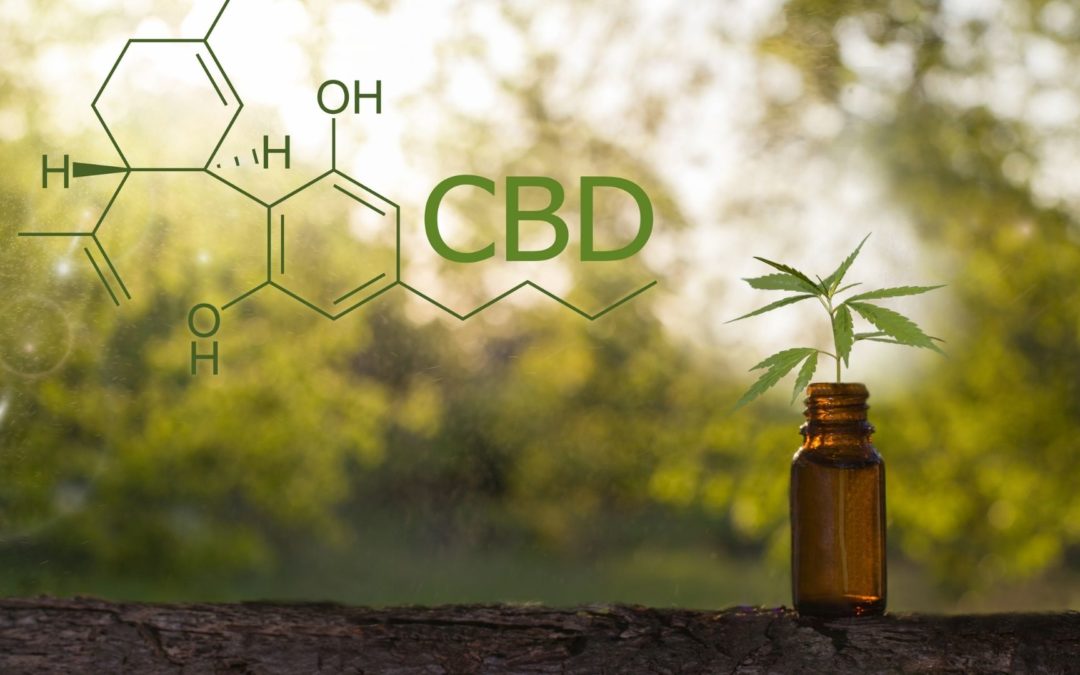Cannabis contains more than 500 components. The most important are THC (tetrahydrocannabinol) and CBD (cannabidiol), which belong to the cannabinoid group. Unlike THC, CBD has no psychoactive effects, but has great medicinal potential. This is one of the reasons why we have seen a real boom in CBD in recent years. The volume of research on CBD and its medicinal benefits is growing. As a result, there is a clearer picture of how CBD can be used as a therapeutic agent in the treatment of various diseases and disorders.
CBD has a wide range of medicinal benefits
The number of uses for CBD as a drug continues to grow to the point where we have almost never encountered such a versatile substance. To date, the pharmaceutical industry has not yet developed a single drug with as many applications as CBD.
CBD is known for its anti-emetic, anti-psychotic, anti-inflammatory, detoxifying, tumor-inhibiting, anti-anxiety and anti-depressant properties. Some of these properties have been studied extensively, while others are still in the early stages of research.
As we’ve explained, CBD has come under scrutiny as a treatment for a wide range of medical conditions. However, many people simply use CBD as a dietary supplement because of the wide range of physiological effects it has, even in the absence of disease. Some of the other therapeutic properties of CBD include:
- Anti-inflammatory ;
- Antioxidant ;
- Neuroprotective ;
- Anti-emetic ;
- Sleep aid
Basically, these properties can be taken into account to improve the quality of life, especially for patients suffering from chronic diseases. It is often underestimated how much a good night’s sleep and increased appetite can improve the health of a chronic disease patient, which is why CBD is often used to supplement traditional treatment lines.
And the search continues…
Cannabis use is now a public health issue. Its use for medicinal purposes is growing all over the world.
Themedical use of cannabis can refer to a wide variety of drugs, preparations and products containing different active ingredients, in different concentrations, and used by different routes of administration. Each of these factors has a significant impact with consequences for human health.
Although some studies are known on its therapeutic use to treat various pathologies (such as intractable epilepsy, Tourette’s syndrome, multiple sclerosis, sleep and anxiety disorders, chronic pain, lack of appetite, etc.), extensive scientific research is needed to help elucidate the therapeutic effects of individual cannabis-derived compounds.
Their interactions, as well as the potential for abuse and short- and long-term adverse health consequences after prolonged administration, are also being investigated. Although the medical use of the preparations derived from the plant Cannabis Sativa L . has a long history, the decades-long ban on its use has delayed medical and scientific advances in this field.




